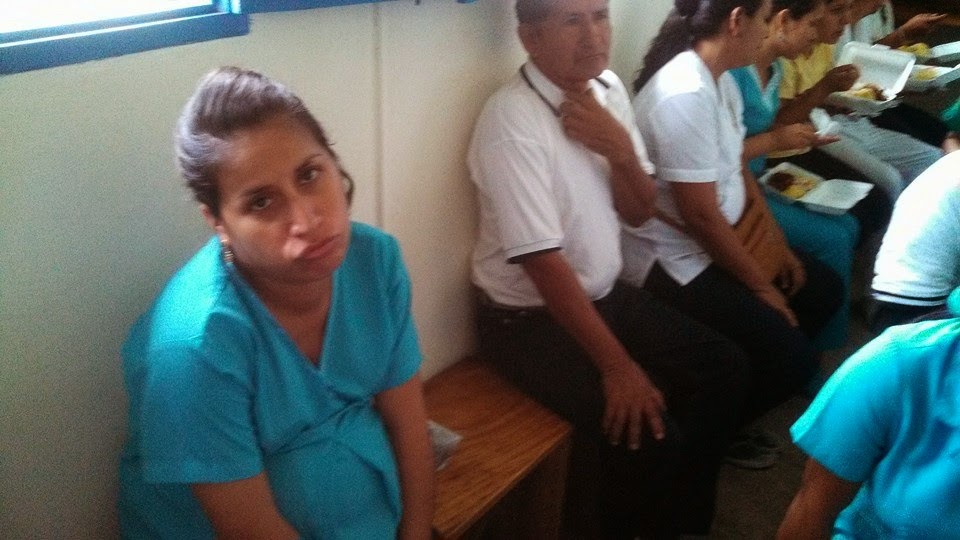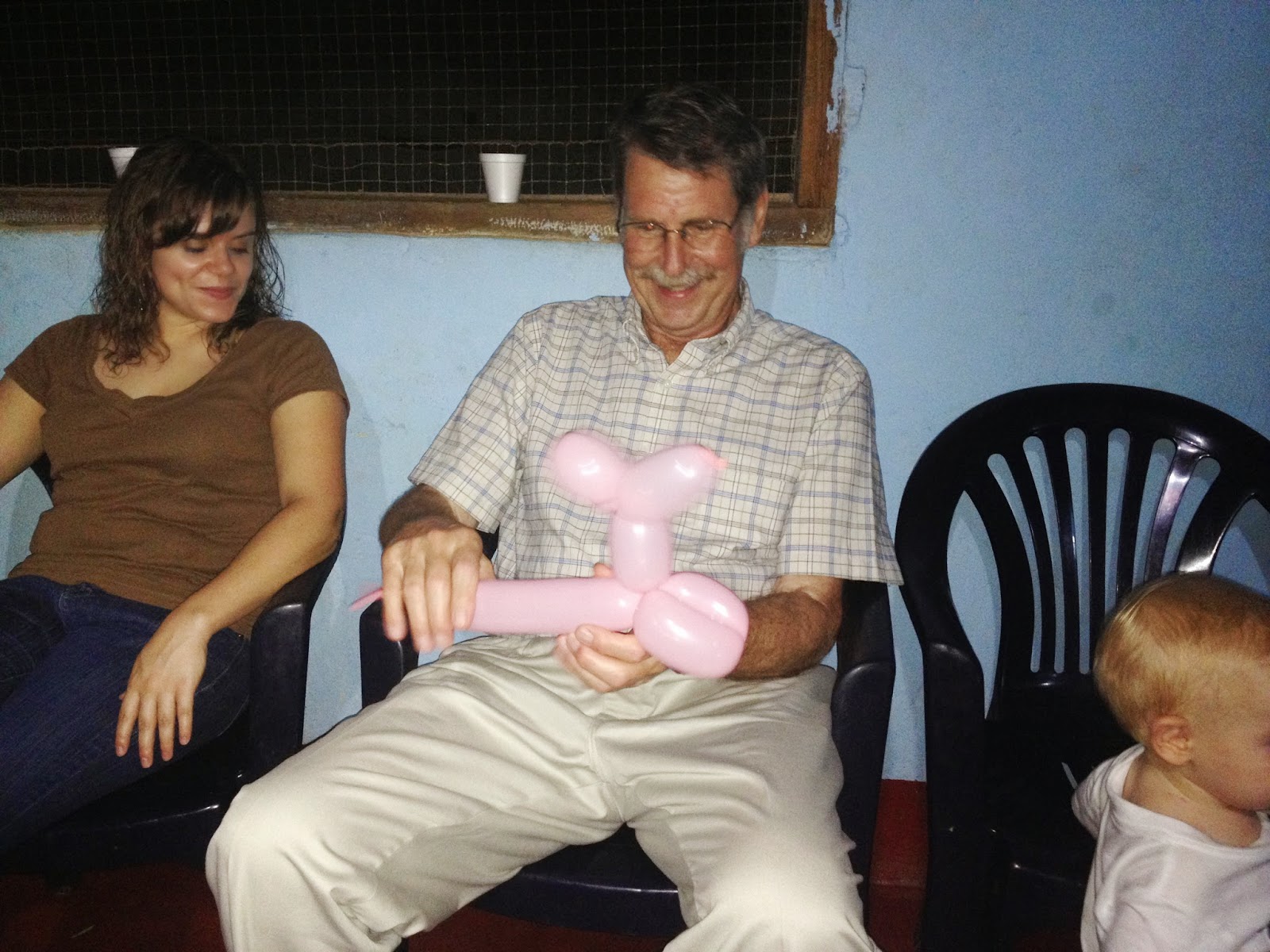Here in Perú we
celebrate both Mother and Father’s day similar to back home and on the same
dates. The tradition at the health clinic is there is usually a small party for
both holidays. This coming Father’s Day we will work a half-day on Saturday and
then all the woman and single men will set up and cook for the party. We give
small gifts to all the fathers and have a nice lunch followed by some drinks,
music and dancing. In Perú music is a must and it seems to me is always played
at the highest volume no matter the time of day.
Since coming back
to mission in 2014 now as a father of our son Charlie, life has a different
view. I enjoy the fact that often I am taking care of Charlie while Toni takes
call in the hospital. I often walk him in the stroller through town or go to
the soccer field to play and watch the soccer and volleyball games during the
afternoons when the rains have taken a siesta. We have father and son time that I might not
otherwise have with the work schedule back in the U.S. Charlie is now almost
two and is much more active and now able to run around and play with all the
little kids his age in town.
Being a father I
now understand the work of caring, providing, and guiding your family and
children. I recently have been happily surprised, as I have become more aware
of how fathers are interacting in their family here in the culture of the Napo
River. Last week on rounds in the early morning hours I was attending to
several kids with pneumonia and/or severe wheezing from respiratory illnesses.
As I finished with my last patient I walked to work on the clinic notes and
orders smiling. The last 3 kids I saw were all being cared for and supervised
by the father. A role not usually taken up by the father, but one that all
three men were doing with ease in caring lovingly for their children. All had
good questions for me as to how to take care of them upon their return home or
thanking us because their child is notably improving.
We recently had a
father come from 6 hours up river with his daughter who has been having
convulsions for a little more than a year. After the natural remedies and first
medication given in the local health post did not work he decided to come to
Santa Clotilde. His daughter was obviously having seizures and we started some
medications to help, but did not stop them entirely. We also were limited on
diagnostic tests needed to find the cause of her seizures so we discussed with
the father the need to travel to Iquitos, another 6 hours away on boat for a CT
scan and an EEG (electroencephalogram-which studies brainwaves to identify the
location of the seizure causing lesion).
He responded happily that if we were able to help with the transport and
costs he would go; as all he wanted was his daughter to be healthy. They came
back after 2 weeks of tests in Iquitos and he joyously told us his daughter is
well on the medication and has not seized in over one week. She has a form of
epilepsy and had a normal CT scan. She has follow up in Iquitos which the
father said he will be ready to travel again in a month because he sees his
daughter healthy and wants her “to be normal again like she is now”
Life on the Napo is
hard for all and I am very proud to see the fathers caring for their family’s
by going to plant and harvest food in their chakra (small plots of land),
building their thatched roof houses, leaving at 3am to go fish to provide for
their families and also in helping with their care by bringing them to their
visits and caring for them in the hospital.
I wish them and all of you back home a Happy Father’s Day. God Bless























